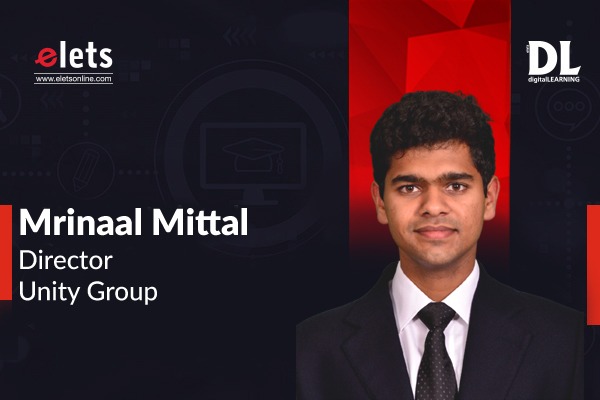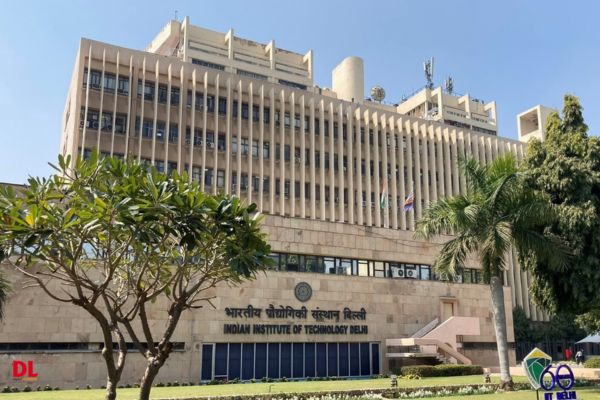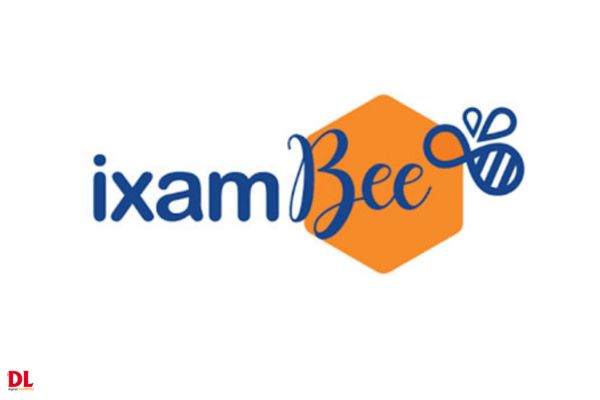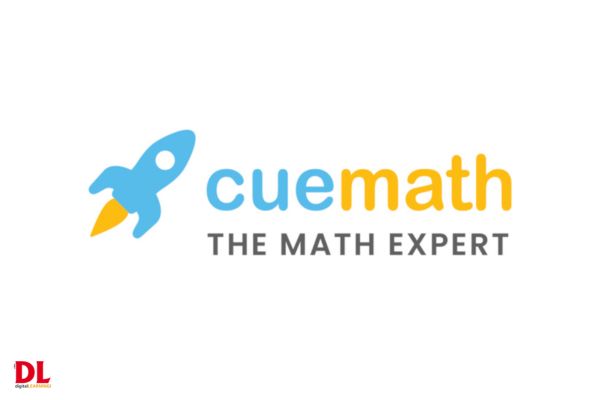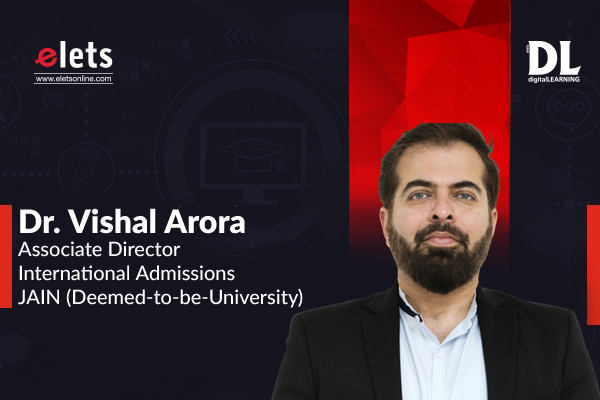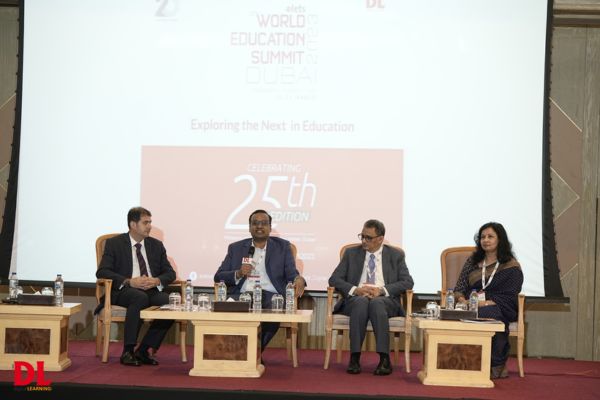The electronics and communication industry is a technological powerhouse, brimming with innovation and growth. According to Google Scholar, nearly 13 lakh research papers, reports, and patents published since 2017 include at least one of the words – ‘electronic’, ‘communication system’, ‘telecommunication’, or ‘wireless’. From microelectronics to wireless communications, this industry is a multifaceted wonderland of possibilities, with global markets for electronic goods and telecommunication services expected to reach 2.1 and 3.5 Trillion USD, by 2030. However, India currently only holds a 3% share in global hardware electronics production and imports 80% of its domestic demand for electronic goods. India’s electronics export is only 1/58, 1/11, and 1/8 compared to China, Taiwan, and Vietnam, respectively, and also lower than Malaysia, Mexico, Thailand, Philippines, etc. Despite some good growth in electronics manufacturing, India is still far from National Electronics Policy’s 2025 target of $400 billion turnover and 10 million jobs. It’s high time for the country to step up its game in electronics production.
Computing Technologies in Electronics and Communication Engineering
Since its beginning, computing has had a symbiotic relationship with Electronics and Communication Engineering (ECE). Computing technologies and ECE are inextricably linked, with each field relying on and supporting the other. ECE provides the physical layer for computing systems and the cyber world. For several decades, computing has played a significant role in all subfields of ECE, including microelectronics, analog electronics, digital electronics, consumer electronics, embedded systems, power electronics, signal processing, communication systems, microwave, etc. It helps in the research, planning, design, development, manufacturing, testing, installation, and maintenance of electronic and communication components, equipment, and systems.
Some early CAD tools for electronic design were developed in the 1960s and 1970s. IBM’s AIDE, HP’s MAC, Tektronix’s ANACAD, UC Berkeley’s CALMA, MIT’s DYNAMO, UC Berkeley’s SPICE, and University of Deusto’s Boole-Deusto, paved the way for today’s highly sophisticated Electronic Design Automation (EDA) software tools with a huge global market, expected to exceed 25 billion USD by 2030. In early March 2023, Naukari.com showed nearly 5,500 EDA job postings.
The origins of Digital Signal Processing (DSP) date back to the 1940s and 1950s with the advent of digital computers. The development of DFT and FFT algorithms in the 1960s and microprocessors and digital signal processors in the 1970s laid the foundations for advanced signal processing techniques leading to applications like speech recognition, speech synthesis, and machine vision. By 2030, the global markets for digital signal processors and machine vision are likely to exceed 120 billion USD and 41 billion USD, respectively. This along with the global sensor market exceeding 525 billion USD, the IoT market surpassing 620 billion USD, and the embedded system market reaching nearly 300 billion USD by 2030, highlights the growing importance of DSP technology. Embedded computing plays a critical role in many sectors including industrial automation, consumer electronics, vehicle electronics, medical devices, agriculture automation, etc. In early March 2023, Naukari.com showed nearly 41,500 job postings for IoT, embedded systems, and DSP engineers.
During the 2nd world war computers were used by radar and encryption systems. The 1950s and 1960s saw the reliance on digital technology and computer control to manage call routing, billing, and other tasks. Bell lab used IBM/360 computer in their Electronic Switching System. In the 1970s and 1980s, the introduction of DSP technology enabled more efficient and reliable transmission of voice and data signals over telephone networks. The development of packet-switching technology further increased the need for powerful computers in communication systems. Computers have been used in satellite communication since the 1960s to manage satellite positioning, encode and decode signals, and control data transmission. DSP was also used to improve signal quality and reliability. The 1990s and 2000s saw the introduction of broadband satellite communication systems that relied on computers for data compression and encryption. Cellular networks and other digital communication technologies further increased the role of computers in telephone networks. In early March 2023, Naukari.com showed nearly 52,000 telecommunications and 5 G-related job postings.
Artificial Intelligence in Electronics and Communication Engineering
The ECE community has been at the forefront of using AI technologies to improve electronic components, equipment, and systems. AI has been playing an increasingly important role in improving electronic design, signal processing, and communication systems, enabling greater efficiency, accuracy, and personalization. Two of the earliest bibliographies on AI were published in 1959 and 1961 by the Electronics Research Directorate of the US Air Force, and IRE Transaction on Human Factors in Electronics, listing 239 and 559 publications, respectively. Expert systems were developed for VLSI in 1980.
AI is used by Electronic Design Automation (EDA) tools for design optimisation, verification, synthesis, electronic component placement, reducing power consumption, predicting complex circuit behavior, and data analysis. AI can also identify design errors, check design rules, and optimise processes. AI in EDA tools enhances the design process, reduces design time, and improves device reliability. It is used in the semiconductor industry for process control and optimization, quality control, and testing and characterization of devices. It can also be used in device modeling and design, power management, and chip testing. AI enabled robots perform a range of activities in the semiconductor industry, including wafer fabrication, testing, and assembly. Integration of electronics and AI is also rapidly propelling the global AI chip market, offering a wide range of specialized processors ranging from low-power chips for mobile devices to high-performance processors for data centers, and projected to exceed 260 billion USD by 2031.
AI is used for noise reduction, filtering, feature extraction, detection, and classification of signals in real time. It can perform speech synthesis, speech recognition, speaker identification, music recommendation, as well as object recognition and tracking. It also supports biomedical signal processing for disease detection, diagnosis, and treatment. It is applied in telecom for network planning and optimization, network slicing, resource allocation optimisation, network virtualisation, function virtualisation, smart traffic management, network automation, quality of service monitoring, service personalisation, predictive maintenance, network troubleshooting, detecting and preventing cyber threats, automating customer support, personalising customer interactions, and fraud detection. AI is also used for predictive analytics of network usage data and customer behavior for future planning and customer churn prediction. Global AI in the telecommunication market size is projected to reach $38.8 billion by 203.
Microwave engineers use AI for the design and optimisation of antennas, microwave and millimeter-wave circuits, beamforming, and wireless communication systems, and also process radar signals. AI is also being used in microwave imaging and sensing for medical imaging, security screening, and environmental sensing. Other applications include the prediction of EMC and testing and measurement of microwave circuits and systems, detection and prevention of unauthorised access to wireless networks, as well as spectrum management and allocation.
Automotive and consumer electronics are using AI at multiple levels, including in systems such as smart cars and smart healthcare, as well as edge data centers and micro data centers. End devices like speakers, televisions, Amazon Alexa, and Google Assistant also use AI. Some smart sensors used in industrial and healthcare applications also incorporate AI, allowing them to detect anomalies and provide real-time feedback. AI applications in consumer electronics include voice assistants, smart home automation, personalized content delivery, predictive maintenance, image and video recognition, fraud detection, and smart shopping to improve the user experience, performance, and efficiency, enabling automated control of devices and services, as well as fraud prevention. Automotive electronics uses AI for autonomous driving, driver assistance, predictive maintenance, traffic prediction, natural language processing, and personalization to improve the driving experience, reduce downtime, and optimize fuel efficiency. The global automotive AI market size is projected to exceed 19 billion USD by 2030.
Interdisciplinary education for preparing Electronics and Communication AI Engineers
Industry 4.0 involves integrating physical, biological, and digital worlds to create new technologies and systems. ECE provides the necessary glue and interface for integrating these disparate worlds. The infusion of AI in ECE has enabled significant advancements in electronic design, signal processing, and communication systems, leading to greater efficiency, accuracy, and personalisation. It is crucial for India to invest in developing and using domain-specific computing and AI technologies to significantly increase India’s share in the electronics and communication industry and also reduce overdependence on imports for meeting domestic demand. Electronics and Communication AI Engineers combine knowledge of ECE and AI to develop intelligent systems to support the planning, design, manufacturing, operation, and maintenance of electronic and communication components, circuits, and systems. Either ECE or CSE graduates can pursue these roles.
According to Klaus Schwab, the founder and chairman of the World Economic Forum, Industry 4.0 requires a multi-perspective approach to problem-solving, where we leverage the strengths of multiple disciplines, technologies, and ways of thinking to create innovative solutions. To equip engineers for the Industry 4.0 era, the engineering curriculum needs to provide a well-rounded education that includes exposure to diverse engineering fields, computing technologies, and non-engineering subjects, in addition to their core discipline. Computer Science and Engineering programs should supplement computer science courses with physical engineering-related courses. Collaborative, interdisciplinary courses should be jointly developed that combine elements of physical engineering, mathematics, and computing and be taught by faculty from multiple departments. Active demonstration of interdisciplinary teamwork by faculty through these courses is crucial to fostering such skills among students.
Common engineering core courses should include topics related to mechanical mechanisms, CAD, computer programming, contemporary production and construction techniques, digital electronics and embedded systems, engineering measurements, mechanical and electrical machines, digital signal processing & communications, automation & control systems, sensors, actuators, data analysis, IoT, etc. Each University can integrate these topics differently based on its strengths and focus, creating different sets of interdisciplinary courses. Conventional mathematics courses in the engineering curriculum can be transformed into computational engineering modeling courses, providing students with a contextualized and integrated understanding of mathematics across various engineering disciplines. Finally, active, integrative, reflective, and collaborative pedagogical engagements are even more crucial for shifting towards outcome-based education (OBE) in engineering education.
Views expressed by Dr. Sanjay Goel, Director, The Institute of Engineering & Technology, JK Lakshmipat University, Jaipur






